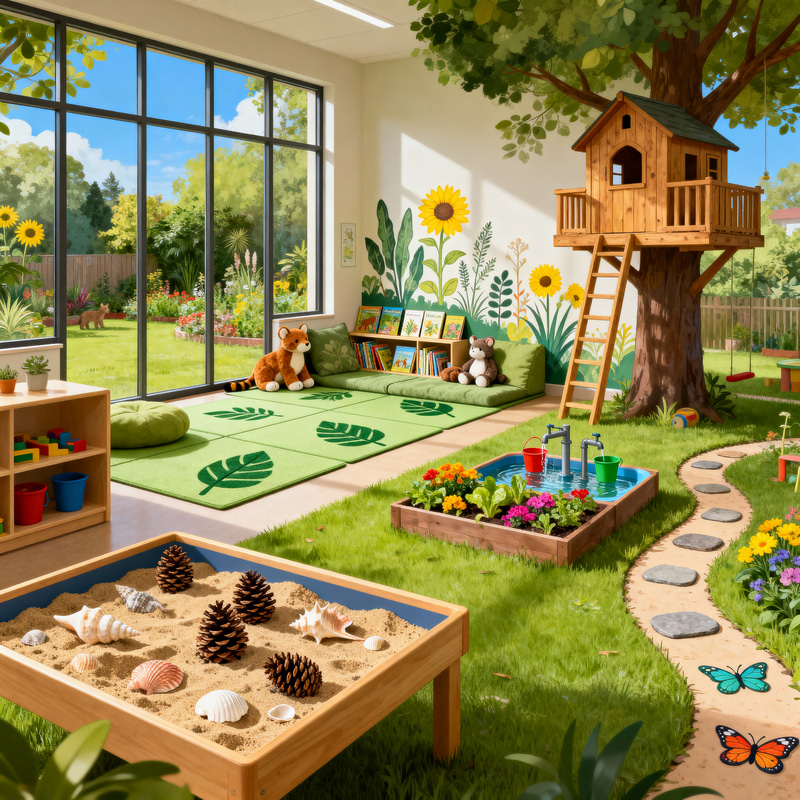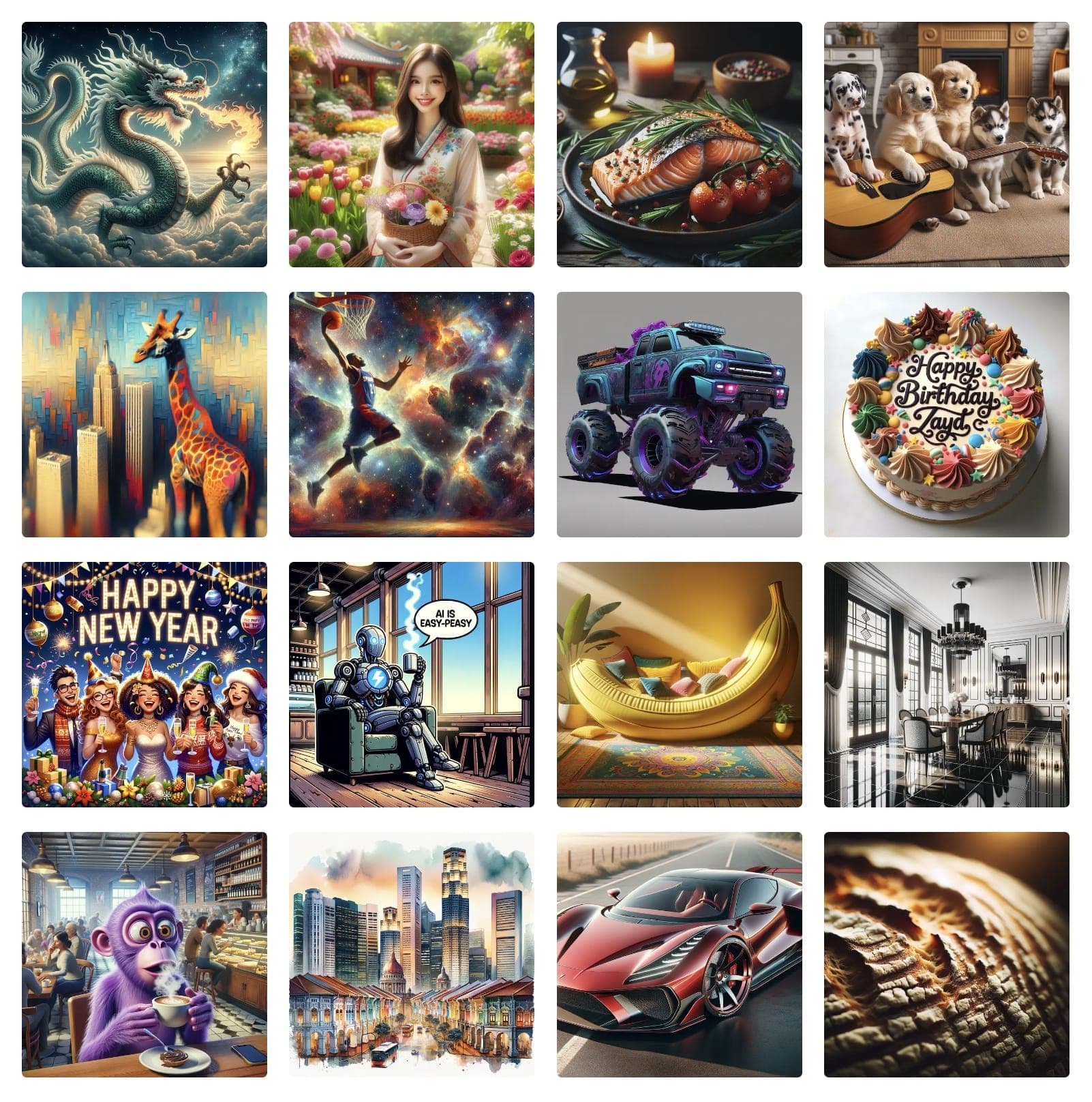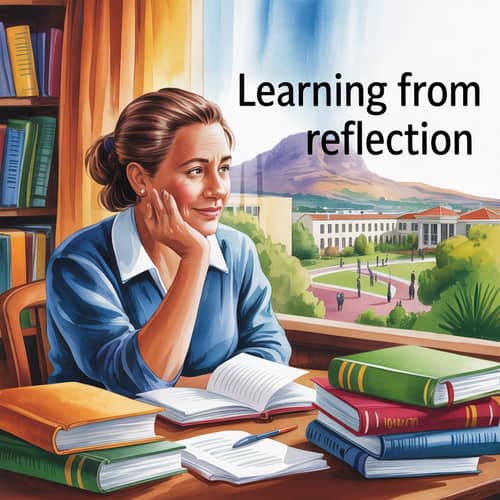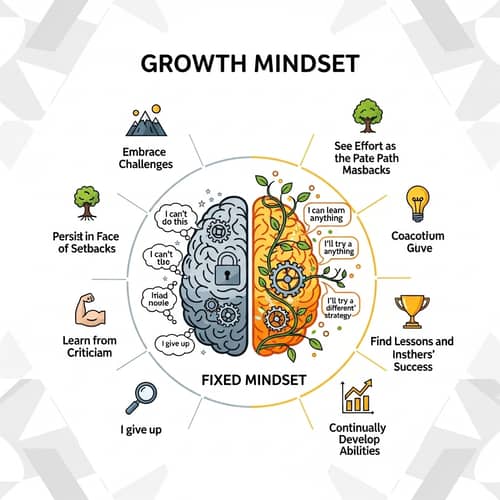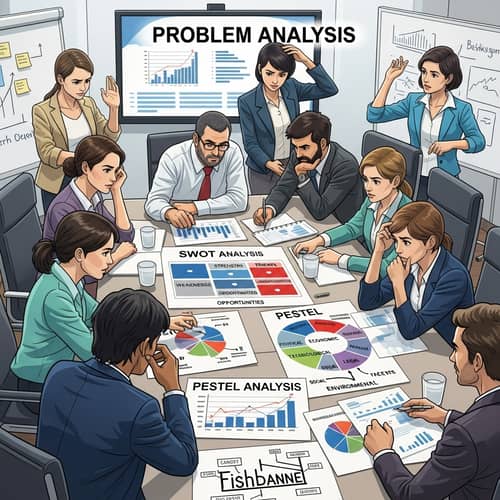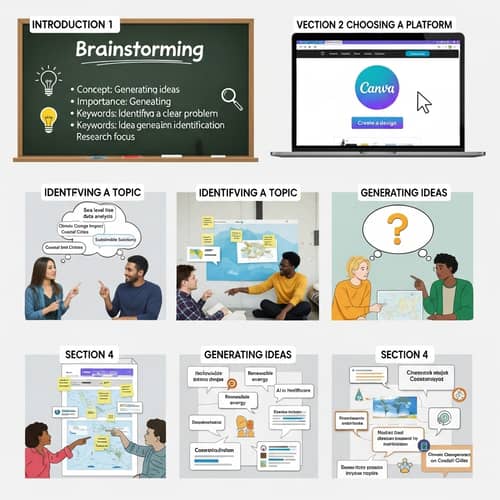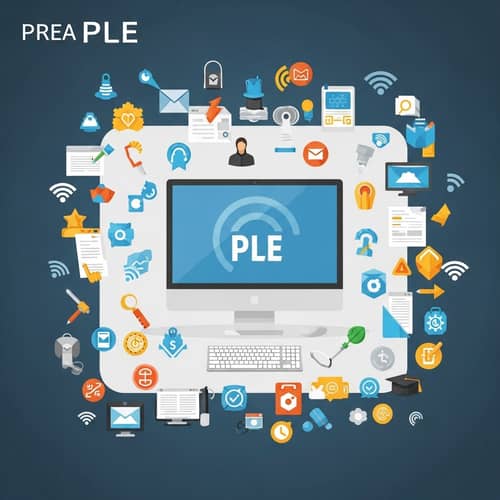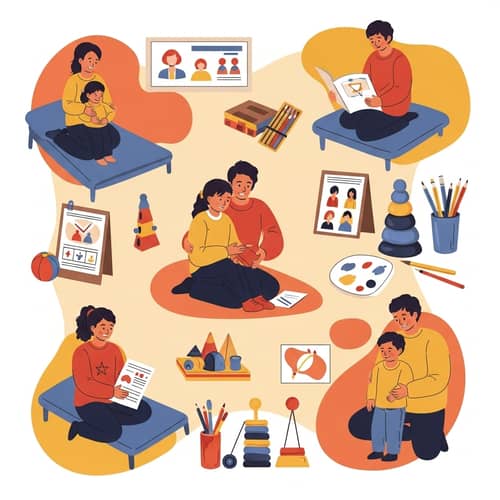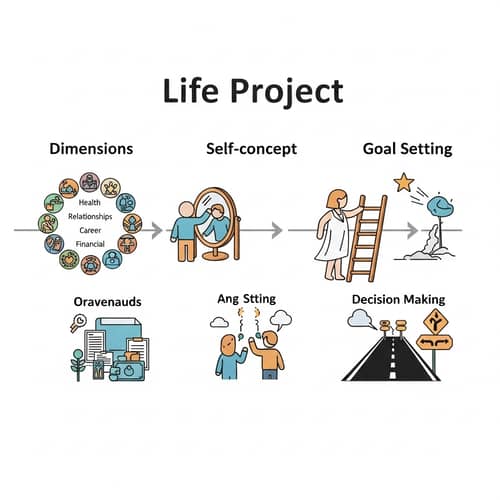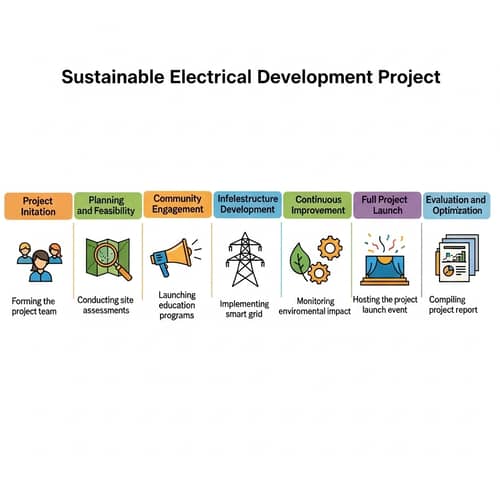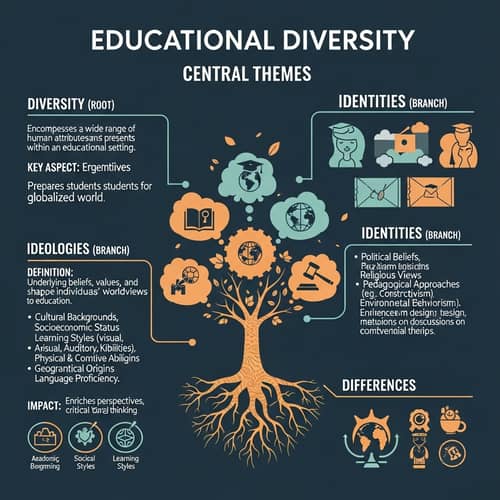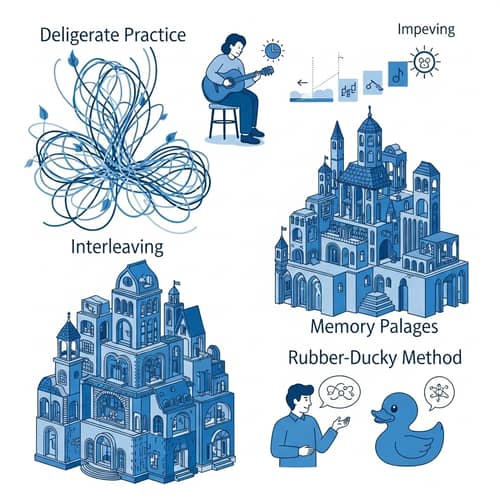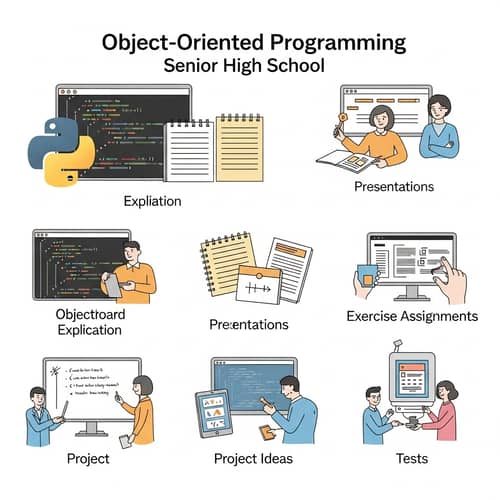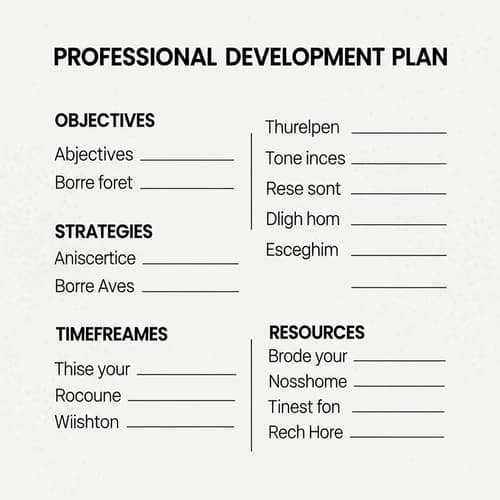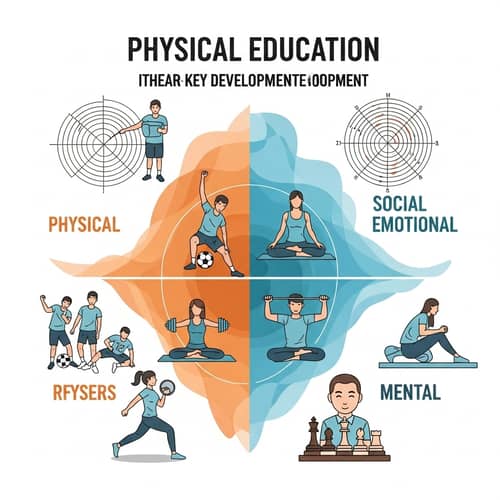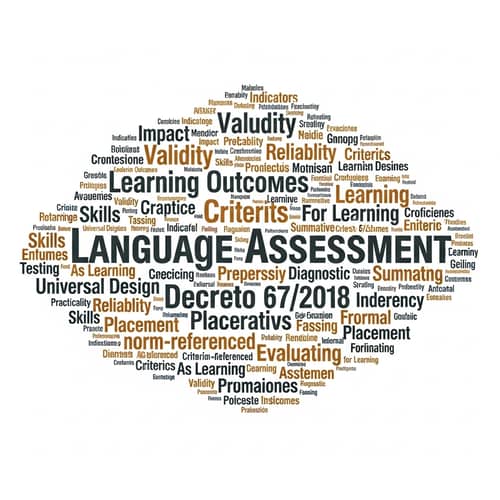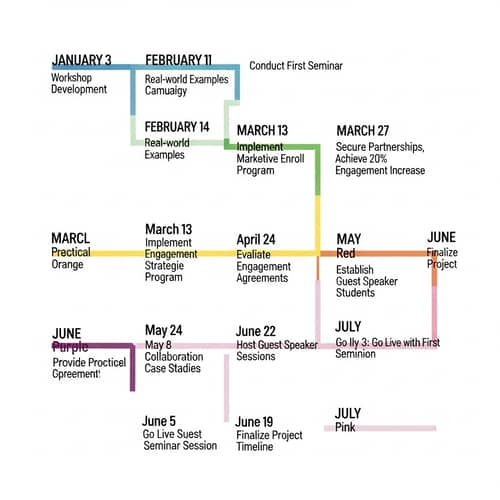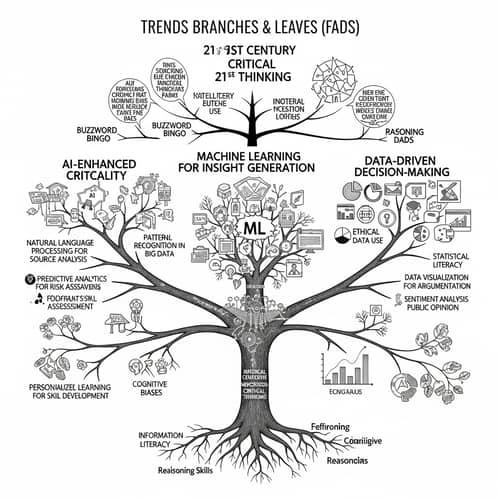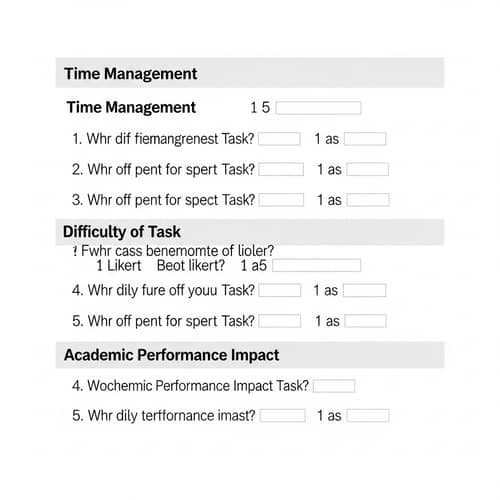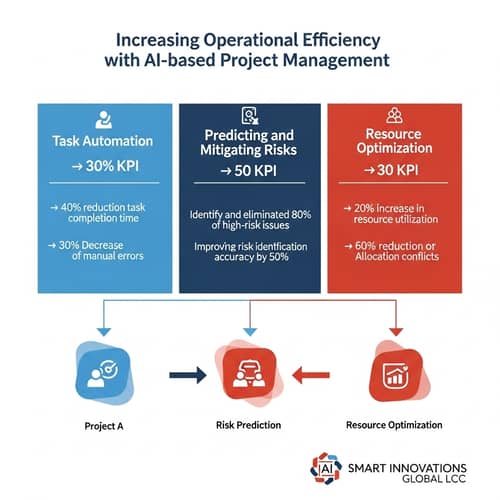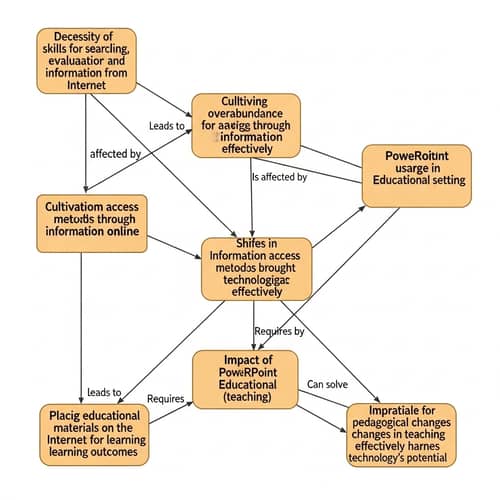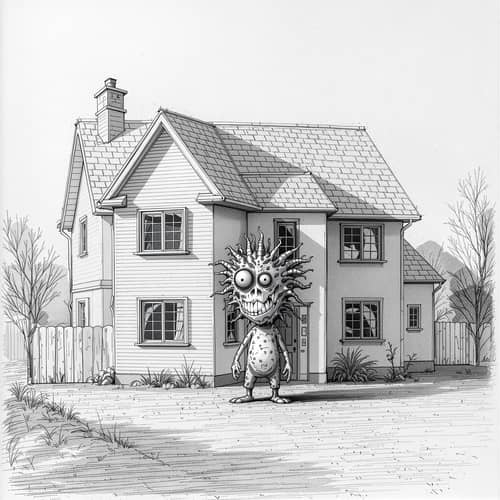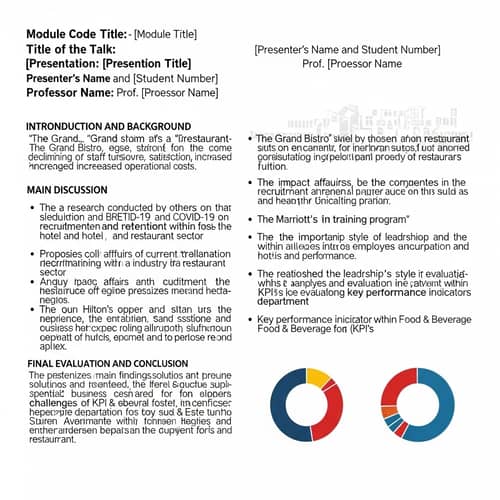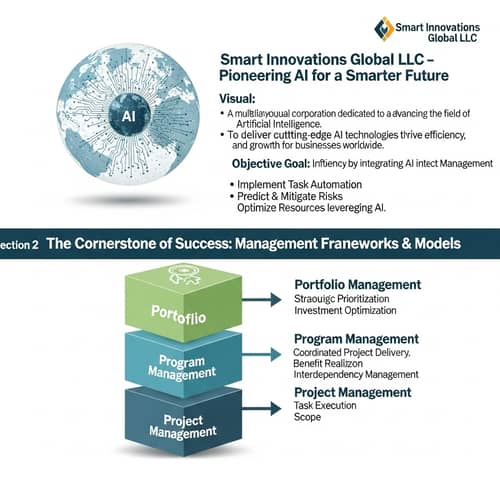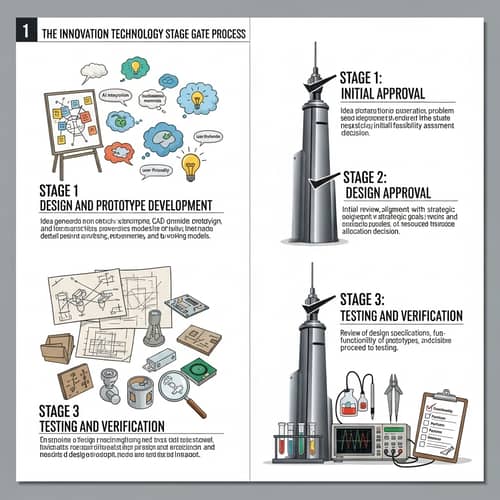Original Prompt: early childhood learning environment. - Instructions:
Purpose - How this assignment relates to the learning outcomes:
The purpose of this assignment is for you to demonstrate your understanding and appreciation of the significant
influence that space, place, time and nature have on the learning experience of early childhood children. The purpose
is also for you to demonstrate your understanding of purposefully and appropriately utilising the physical environment
to support pedagogy and the achievement of learning outcomes in an early childhood education and care (ECEC)
context. A case study requires you to analyse a specific situation and discuss the way that the elements link to
theory. In this case study you will focus on one of the following categories 1) nature connections, 2) sustainability,
3) place connections, 4) Indigenous perspectives (specify which perspective), and 5) diversity and inclusivity and the
importance of creating learning environments and learning experiences to support children’s learning and teaching
aligned with the selected category. You will apply theoretical and philosophical perspectives related to the selected
category to support your learning environment design and learning experience plan decisions whilst adhering to Early
Years Learning Framework of Australia (AGDE, 2022) principles, practices and outcomes.
Process:
First you will select ONE of the following categories on which to focus your learning experiences and designed learning
25
environments (indoor and outdoor):
1. nature connections,
2. sustainability,
3. place connections,
4. Indigenous perspectives (specify which perspective), OR
5. diversity and inclusivity.
You will design an indoor and outdoor learning environment, choosing a wide range of flexible physical elements
appropriate to support early childhood learning experiences and aligned with the category you have selected and EYLF
curriculum. For example, design an indoor and outdoor learning environment for fostering nature connections learning
and that meet EYLF principles, practices and outcomes related to nature. You must also discuss the way in which your
designs intersect with the other categories in addition to your focus category i.e. if you have selected place connections
as your focus category, how does your design also address sustainability, nature connections, indigenous perpectives
and diversity/inclusion. You will illustrate your designed indoor and outdoor learning environments (whether digitally
or by hand then scan and insert into the template). AI generative illustrations of learning environments ARE NOT
PERMITTED.
You will develop two learning experiences for children in early childhood education and care settings that focus on
the selected category. Your planned learning experiences must relate to your designed learning environments and
the focus category. Both learning experiences must purposefully and thoughtfully utilise the physical environment
elements to support your planned learning experiences.
Your designed environments and learning experiences will utilise a project-based learning (PBL) approach. That
means you will need to create environments and learning experiences that align with a place-based education, projectbased pedagogy.
Reflect on the essential readings, lecture and tutorial content and the work you completed for the previous assessment
to inform the creation of your innovative learning environments and experiences.
You will utilise the PowerPoint template available on vUWS. Your case study will contain the components
below.
Learning environments (1200 words, minimum 10 slides plus illustrations for each environment)
For each learning environment (indoor and outdoor):
– provide illustrations of your learning environment designs;
– provide a description of the setting you have created;
– discuss the ways in which your designs / physical elements incorporate the focus category you have selected
from the possible five discussed in the subject (i.e. nature connection, sustainability; Indigenous perspective;
place-based connections; inclusivity and diversity;
– justify your physical element choices in the designs with a scholarly rationale (use essential readings and the
textbook) and using theoretical perspectives and pedagogical philosophy discussed in subject content;
– discuss how your designs / physical elements will support place-based learning and a project-based pedagogy;
– clearly articulate the influence that space, place, and time have on the learning experience of children;
– identify possible teaching and learning opportunities for children in early childhood education and care settings,
these affordances should link clearly to your learning experiences supported by literature; and
– discuss the types of engagement and learning (e.g. hands-on, inquiry, child-led) that your environments will
foster and the relationship to your design characteristics or elements.
Learning experiences (800 words, see template for the number of slides)
– For each learning environment you have designed (indoor and outdoor), plan one learning experience for children
in an early childhood education and care setting (under 5). You will have two learning experiences altogether.
– Each learning experience will identify the appropriate complementary physical components from your design,
relevant learning intention for children, overview of the learning experience, and curriculum links (EYLF).
26
– Your learning experience must integrate a range of strategies to support differentiation and inclusivity with
alignment to the EYLF and supported by literature and linked to the EYLF.
– Your learning experience plans must include a discussion of how you will assess children’s learning. RUBRIC- Demonstrates an understanding of the influence that the physical environment has in pedagogy supporting
nature connectedness, place connections, sustainability, Indigenous perspectives, diversity and inclusion in early
years learning environment and experience supported by essential readings, including textbook. 10 marks
2. 12 marks
3. Designs learning experiences for each learning environment that are relevant to the selected focus category,
goal-oriented, age-appropriate, and appropriately linked to EYLF curriculum. 12 marks
4. Uses a range of strategies aligned to EYLF to support differentiation and inclusivity in the learning environments
and experiences. 6 marks
5. Presents work professionally, with clear academic writing and within the word limit. 5 marks
Model: Seedream 4.0
Created on 9/20/2025
Report 